-
 Bitcoin
Bitcoin $115100
1.27% -
 Ethereum
Ethereum $3675
2.71% -
 XRP
XRP $2.995
1.45% -
 Tether USDt
Tether USDt $1.000
0.02% -
 BNB
BNB $769.8
2.64% -
 Solana
Solana $168.0
3.25% -
 USDC
USDC $0.9999
-0.01% -
 TRON
TRON $0.3371
1.48% -
 Dogecoin
Dogecoin $0.2051
3.36% -
 Cardano
Cardano $0.7394
2.30% -
 Hyperliquid
Hyperliquid $38.15
0.42% -
 Stellar
Stellar $0.3966
-0.36% -
 Sui
Sui $3.486
2.93% -
 Chainlink
Chainlink $16.72
2.52% -
 Bitcoin Cash
Bitcoin Cash $568.0
4.36% -
 Hedera
Hedera $0.2440
2.59% -
 Ethena USDe
Ethena USDe $1.001
0.04% -
 Avalanche
Avalanche $22.16
2.06% -
 Litecoin
Litecoin $119.1
-0.73% -
 UNUS SED LEO
UNUS SED LEO $8.991
0.04% -
 Toncoin
Toncoin $3.232
-0.39% -
 Shiba Inu
Shiba Inu $0.00001233
2.82% -
 Uniswap
Uniswap $9.717
2.53% -
 Polkadot
Polkadot $3.664
1.85% -
 Dai
Dai $1.000
0.01% -
 Monero
Monero $281.2
-3.89% -
 Bitget Token
Bitget Token $4.350
1.55% -
 Cronos
Cronos $0.1428
5.07% -
 Pepe
Pepe $0.00001050
3.68% -
 Aave
Aave $262.3
3.54%
Does KYC verification still need to be verified when using a Web3 wallet for transactions?
Despite the decentralized nature of Web3 wallets, KYC verification may be necessary in certain circumstances, such as centralized wallets, exchange custody, or regulated DeFi applications.
Oct 30, 2024 at 02:03 am
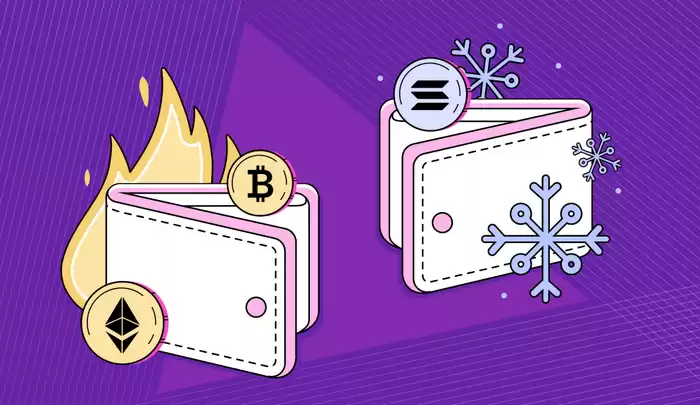
Does KYC Verification Still Apply When Using a Web3 Wallet for Transactions?
Decentralized finance (DeFi) has gained increasing popularity in recent years, with Web3 wallets becoming a preferred choice for managing crypto assets. However, some aspects of traditional finance, such as Know Your Customer (KYC) verification, still linger in the DeFi ecosystem.
Understanding KYC Verification
KYC verification is a process used by financial institutions to identify and verify their customers. This helps prevent fraud, money laundering, and other financial crimes. KYC typically involves collecting personal information, such as:
- Name
- Date of birth
- Address
- Proof of identity (e.g., passport, driver's license)
- Proof of address (e.g., utility bill, bank statement)
KYC in Web3 Wallets
Web3 wallets are digital wallets that allow users to interact with DeFi applications and store their crypto assets. Unlike traditional centralized exchanges, which require KYC verification for regulatory compliance, most decentralized Web3 wallets do not enforce KYC requirements.
This is because Web3 is designed to be decentralized and anonymous. Users can create and manage Web3 wallets without providing any personal information. However, this also opens the door to potential abuse and fraud.
Exceptions to the Rule
While most Web3 wallets do not require KYC verification, there are certain exceptions:
1. Centralized Web3 Wallets: Some Web3 wallets, such as Coinbase and Binance, are centralized and offer fiat-to-crypto on-ramps. These wallets typically require KYC verification to comply with local regulations.
2. Exchange Custody: If a user stores their crypto assets on an exchange's Web3 wallet, the exchange may require KYC verification for security and anti-money laundering purposes.
3. Regulated DeFi Applications: As DeFi matures and integrates with traditional financial systems, some DeFi applications may require KYC verification to comply with regulatory frameworks.
Advantages and Disadvantages of KYC Verification in Web3
Advantages:
- Reduces fraud and financial crimes
- Provides additional security for user funds
- Supports regulatory compliance and financial inclusion
Disadvantages:
- Compromises anonymity and privacy
- Limits access to DeFi for unbanked or underbanked individuals
- May stifle innovation and hinder decentralized adoption
Conclusion
KYC verification remains a topic of debate within the DeFi ecosystem. While it can provide certain benefits, it also raises concerns about privacy and inclusivity. Ultimately, the decision of whether or not to implement KYC in Web3 wallets is a complex one that balances security, regulation, and the core values of decentralization.
Disclaimer:info@kdj.com
The information provided is not trading advice. kdj.com does not assume any responsibility for any investments made based on the information provided in this article. Cryptocurrencies are highly volatile and it is highly recommended that you invest with caution after thorough research!
If you believe that the content used on this website infringes your copyright, please contact us immediately (info@kdj.com) and we will delete it promptly.
- TRX, RUVI, and CoinMarketCap: What's Buzzing in the Crypto Sphere?
- 2025-08-07 05:31:17
- Cryptos Primed for 5x Gains? Ozak AI Spotlights Hot Projects
- 2025-08-07 05:41:42
- Cryptos with ROI Potential: BlockDAG Leading the Charge
- 2025-08-07 04:50:14
- OZAK AI: Is This AI Product Poised for ChatGPT-Level Returns?
- 2025-08-07 03:30:13
- Cryptos to Watch: Cold Wallet's Rewarding Edge Over Tron
- 2025-08-07 04:12:40
- SEC, Liquid Staking, and Crypto: A New Dawn?
- 2025-08-07 03:30:13
Related knowledge
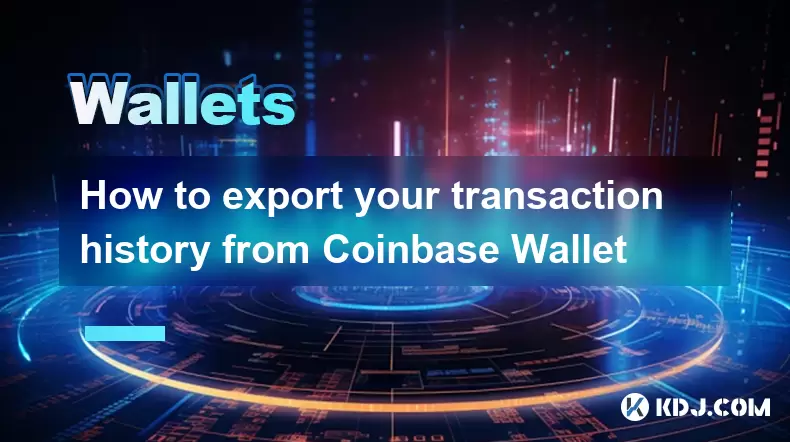
How to export your transaction history from Coinbase Wallet
Aug 07,2025 at 06:50am
Understanding Coinbase Wallet and Transaction HistoryCoinbase Wallet is a self-custodial cryptocurrency wallet that allows users to store, manage, and...
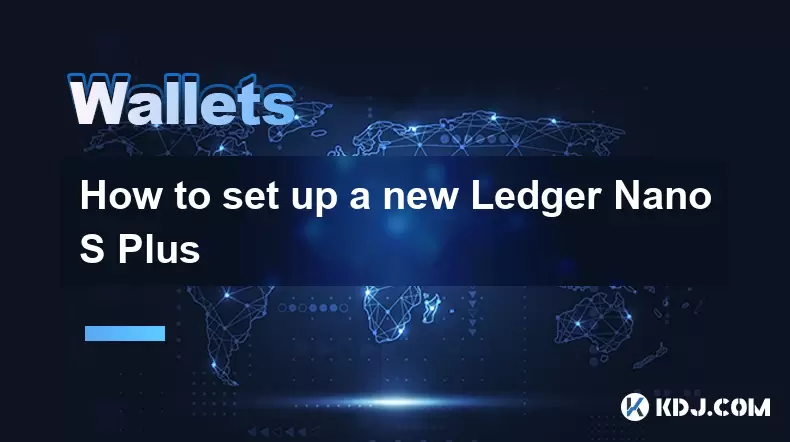
How to set up a new Ledger Nano S Plus
Aug 07,2025 at 06:01am
Unboxing and Initial InspectionWhen you receive your Ledger Nano S Plus, begin by carefully unboxing the package. Inside, you should find the Ledger N...
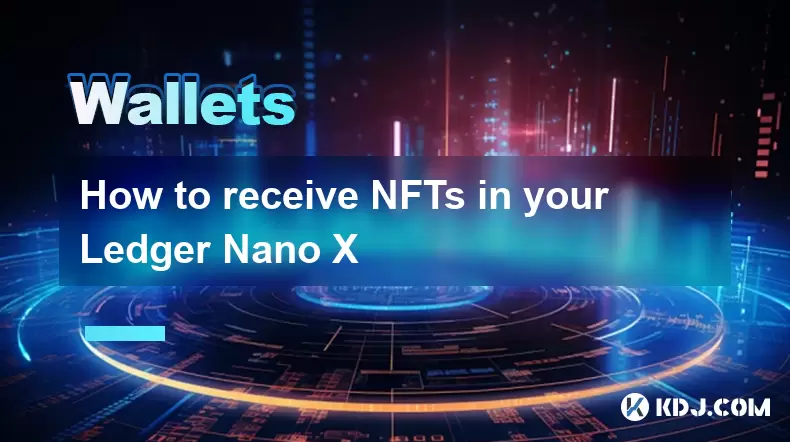
How to receive NFTs in your Ledger Nano X
Aug 07,2025 at 02:45am
Understanding NFTs and Ledger Nano X CompatibilityNFTs (Non-Fungible Tokens) are unique digital assets stored on a blockchain, typically on networks l...
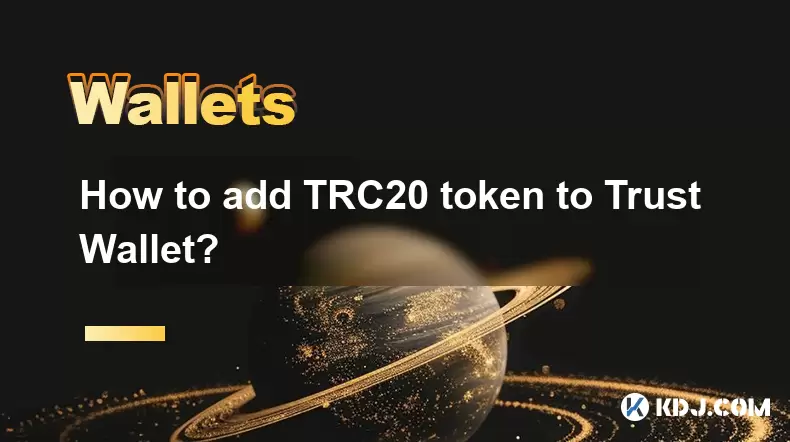
How to add TRC20 token to Trust Wallet?
Aug 04,2025 at 11:35am
Understanding TRC20 and Trust Wallet CompatibilityTrust Wallet is a widely used cryptocurrency wallet that supports multiple blockchain networks, incl...
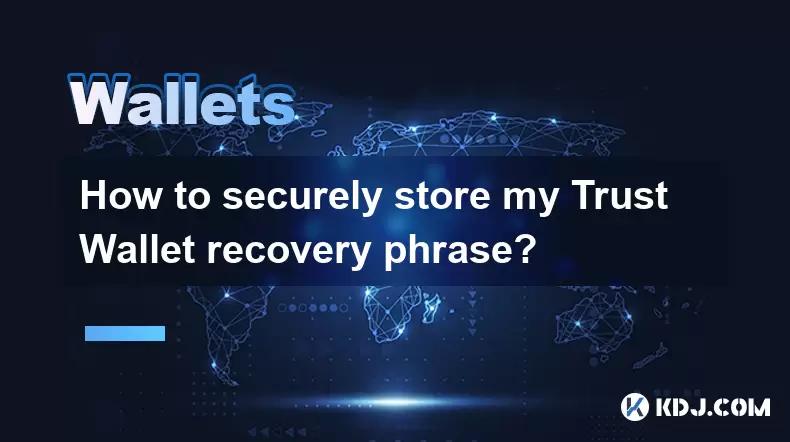
How to securely store my Trust Wallet recovery phrase?
Aug 06,2025 at 07:14am
Understanding the Importance of Your Trust Wallet Recovery PhraseYour Trust Wallet recovery phrase, also known as a seed phrase or mnemonic phrase, is...
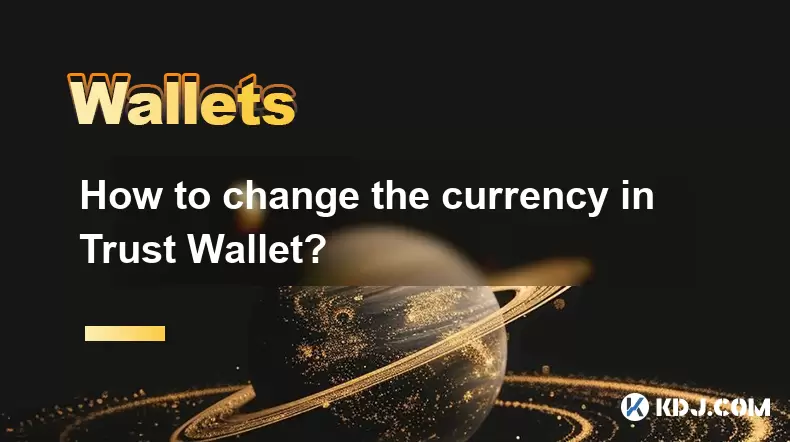
How to change the currency in Trust Wallet?
Aug 06,2025 at 07:14pm
Understanding Currency Display in Trust WalletTrust Wallet does not allow users to change the base currency used for valuation in the same way traditi...

How to export your transaction history from Coinbase Wallet
Aug 07,2025 at 06:50am
Understanding Coinbase Wallet and Transaction HistoryCoinbase Wallet is a self-custodial cryptocurrency wallet that allows users to store, manage, and...

How to set up a new Ledger Nano S Plus
Aug 07,2025 at 06:01am
Unboxing and Initial InspectionWhen you receive your Ledger Nano S Plus, begin by carefully unboxing the package. Inside, you should find the Ledger N...

How to receive NFTs in your Ledger Nano X
Aug 07,2025 at 02:45am
Understanding NFTs and Ledger Nano X CompatibilityNFTs (Non-Fungible Tokens) are unique digital assets stored on a blockchain, typically on networks l...

How to add TRC20 token to Trust Wallet?
Aug 04,2025 at 11:35am
Understanding TRC20 and Trust Wallet CompatibilityTrust Wallet is a widely used cryptocurrency wallet that supports multiple blockchain networks, incl...

How to securely store my Trust Wallet recovery phrase?
Aug 06,2025 at 07:14am
Understanding the Importance of Your Trust Wallet Recovery PhraseYour Trust Wallet recovery phrase, also known as a seed phrase or mnemonic phrase, is...

How to change the currency in Trust Wallet?
Aug 06,2025 at 07:14pm
Understanding Currency Display in Trust WalletTrust Wallet does not allow users to change the base currency used for valuation in the same way traditi...
See all articles

























































































